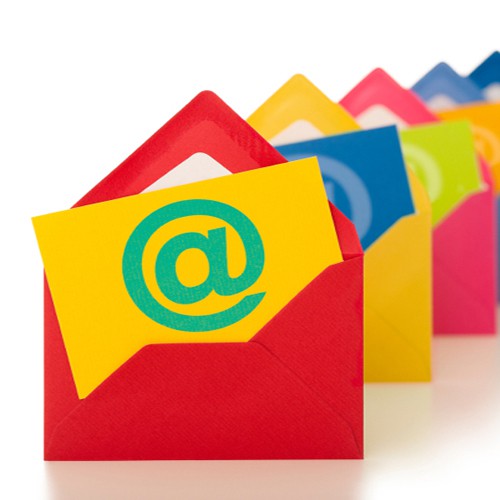
What Causes ‘Bounced’ Emails?
Maintaining a high rate of successful delivery is paramount for email marketing. Unfortunately, it’s not uncommon for emails to bounce, preventing the intended recipient from seeing them. Conventional wisdom should lead you to believe that a high email bounce rate will negatively impact your conversions.
So, what causes emails to bounce and how do you ensure your messages end up the recipients’ inbox?
Common Reasons Why Emails Bounce
There are a number of reasons why emails bounce, the most common being an issue with the intended recipient’s email account, or because the receiving server is blocking incoming messages. The good news is that you can identify the cause of your bounced emails by using the Infusionsoft customer relationship management (CRM) software. Each time an email bounces, the intended recipient’s server will send a message to Infusionsoft (assuming the email was sent from Infusionsoft), in which it reveals the reason for the bounce. To view this information, access your Email Status Report via Marketing > Reports > Email Status Report.
Hard vs Soft Bounce: What’s the Difference?
There are two different types of email bounces: hard and soft bounces. A hard bounce occurs when the message is permanently undeliverable, and thus Infusionsoft will not re-attempt to deliver the message. When a hard bounce is recorded, the email address is added to a blocked list, meaning you won’t be able to send any more automated messages to it in the future. Hard bounces are typically caused by an incorrect or invalid email address, although it may also occur when the SPF configuration is erroneous. If you believe this to be the root cause of your hard bounced emails, you’ll need to reconfigure your SPF with the appropriate information.
On the other side of the fence is a soft bounce. Unlike hard bounces, soft bounces are temporary issues with the intended recipient’s email server. And as such, Infusionsoft will attempt to deliver the message again in the following hours and days. Some of the most common causes soft bounced emails include the recipient’s inbox being full, the message too large (often occurs when files are attached to the message), nameserver or other DNS failure, auto reply set up on the recipient’s account, and subscribe requests.
A soft bounce is recorded when there is a temporary issue with the recipient’s email account, delaying message delivery. In many cases, the email system will try to redeliver the message several times over a period of hours or days and will only consider it undeliverable after the retry process times out. There are several types of soft bounces.
Dealing With Bounced Emails
Infusionsoft has a built-in feature that allows users to specify actions for various bounces. Go to Marketing > Settings > Template Settings > Email Status Automation Tab to set up these triggers. Doing so will allow you to specify actions for each type of bounce.
Have any other tips for dealing with bounced emails that you would like to share? Let us know in the comments section below!
Image attribution: https://www.flickr.com/photos/rahulrodriguez/


Infusionsoft has been such a convenient tool for our email marketing campaigns.
It’s important to have a plan for dealing with bounced emails. Having a great CRM or email marketing tool is essential!
Soft balances are the most frustrating in my opinion. It’s a lot easier to deal with bounces that are caused by incorrect email addresses.